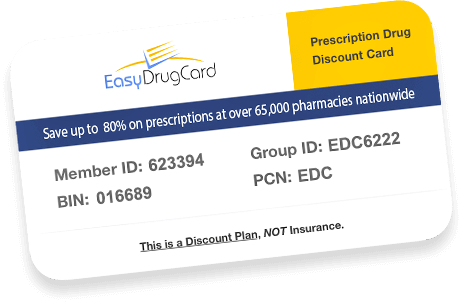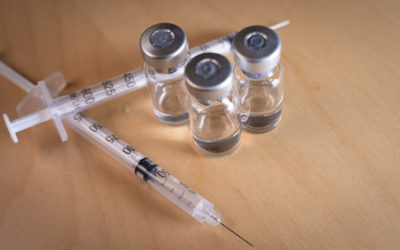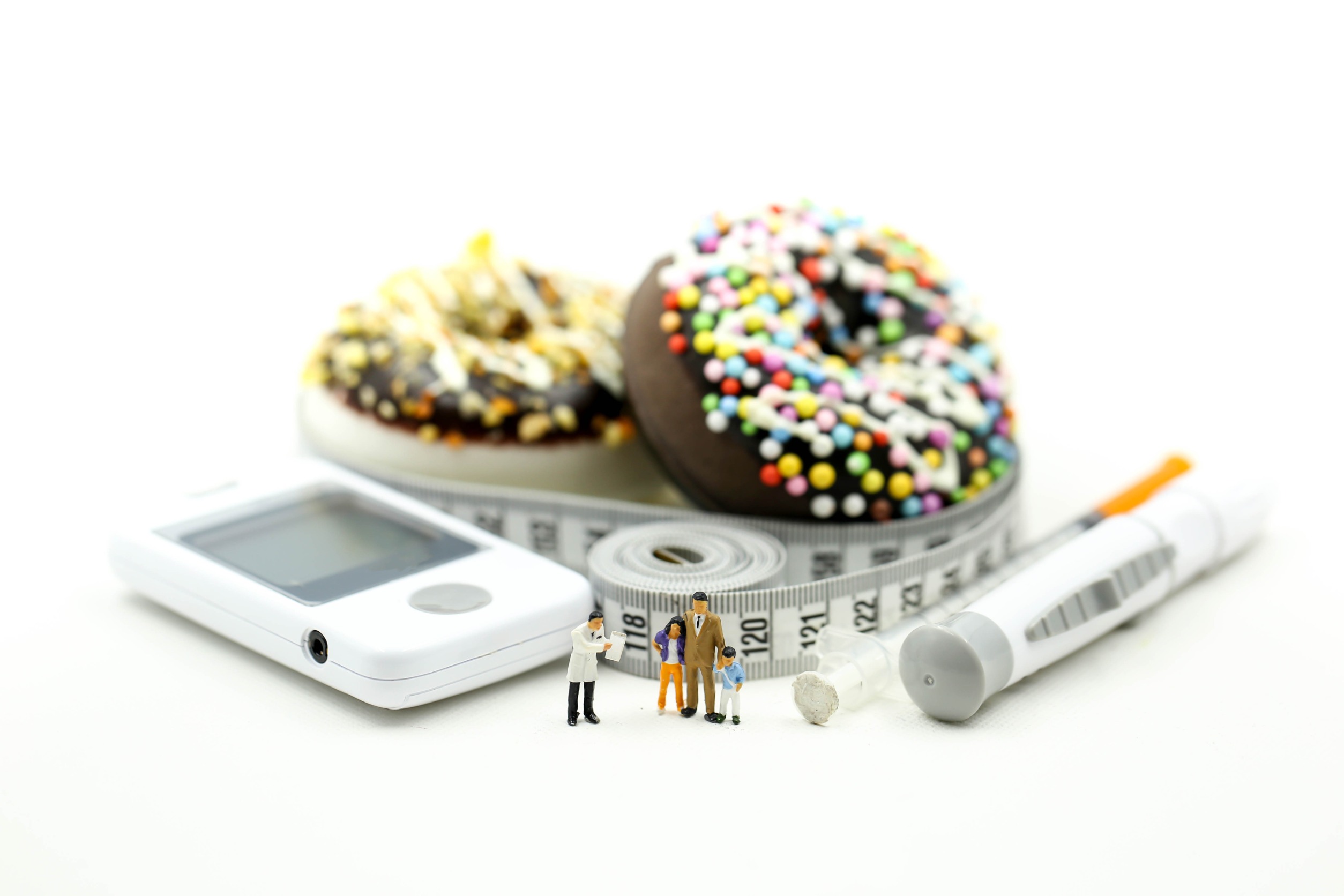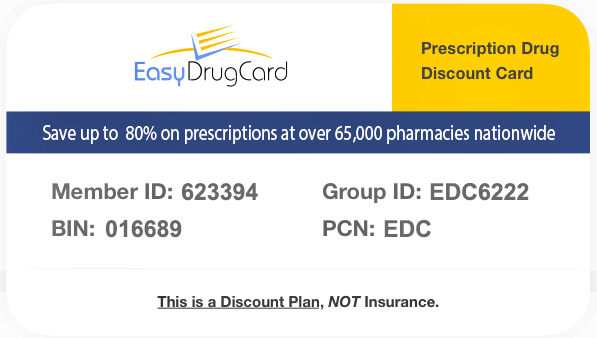Navigating a Nutrition Label
When you go grocery shopping do you ever take the time to look at the Nutrition Label? What about the ingredient list? Sometimes, key phrases such as “No Trans-Fat”, “All-Natural” or “Whole Grain” might lead you to believe that a particular item is good for you and therefore you don’t feel the need to take deeper look. It’s important for you to be an active participant in your health and a large part of doing that entails knowing what to look for.
Today, I’m going to break down the Nutrition Label so that you feel more empowered as you shop!
Start With:
- Serving size –The amount of calories and nutrients listed on the Nutrition Facts label is based on one serving. When you pour a bowl of cereal do you ever measure out ¾ cup? That’s a standard serving size for many cereals. I know that when I was a kid, I just poured until my bowl was full…and then I usually went back for more. (Due to the lack of protein and fiber, cereal never made me full). Actually measuring out 3/4th of a cup never occurred to me. I can assure you that I would have been hungry 30 minutes later if I stuck to the serving size. Pay attention to serving sizes of “good for you” foods too like nuts or trailmix (just 1/4th cup). Keeping this in mind is helpful when deciding which (of two or more products) would be a better. Chose the food that will actually keep you satisfied given the serving size!
Then take note of:
- Number of Servings in the package – Many times, people eat an entire packet of (insert your go to food) (it’s small..ok?!) without realizing that there are actually TWO (or more) servings. That’s double the calories, sugar, etc. This ensures that your snack doesn’t turn into the calorie equivalent of a meal 😉
After that look at:
- Calories in a serving – A calorie is a way of measuring how much energy a particular food provides for our bodies. Calories per serving let us know the number of calories (or the amount of energy) in one serving. When considering calories, choose foods with the most bang for the buck. For example, 160 calories in a serving of almonds is much more nutrient-dense (and satisfying) than 160 calories from 2 small cookies. The nuts provide healthy fat, protein, and fiber while the cookies provide lots of sugar and simple carbohydrates, little fiber and minimal protein. Choosing foods based on calories and nutrients (nutrient-dense foods) promotes better health and may prevent excess weight gain.
Now let’s break down the bulk of the Nutrition Label:
- Nutrient amounts in a serving – This can be helpful when you’re trying to increase intake of certain nutrients (iron, Vitamin C, Vitamin A, etc) or if there are some you’re trying to limit due to health reasons.
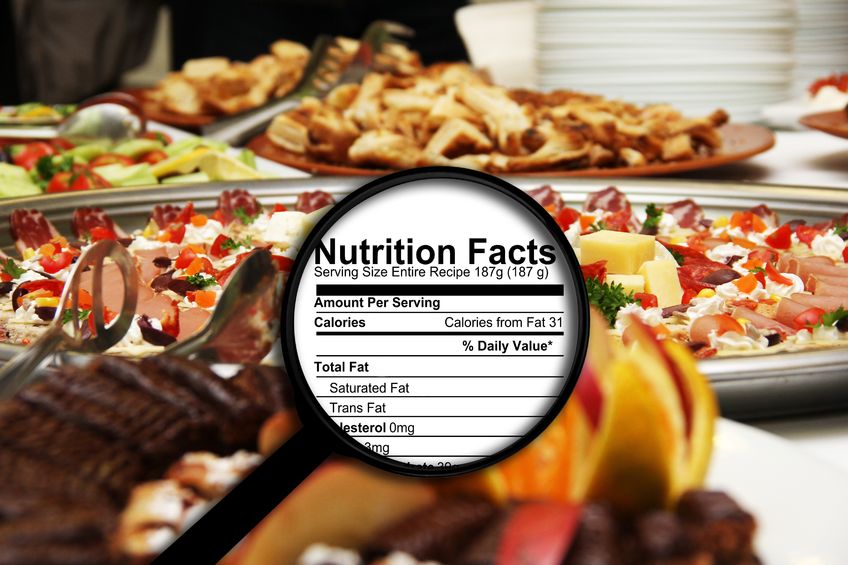
Nutrition Label
In general, you should limit these on the Nutrition Label:
- Saturated and Trans-fat: Be aware that If a product contains less than 1 gram of trans fat per serving, it can be listed as containing zero trans fats. Those trace amounts can really add up if you’re eating multiple servings per day. Eating too much can lead to health problems such as heart disease, cancer, and obesity. The Nutrition Facts label is based on a 2,000 calorie diet. Remember that everyone is different and has different calorie needs and nutrient requirements. Meet with a Dietitian to check for recommendations that fit your needs.
- Cholesterol- Cholesterol is necessary for bodily functions such as nerve protection, making cell tissues, and hormone production. It is manufactured by the liver, but your body also gets cholesterol directly from the food you eat (such as eggs, meats, and dairy products). Too much cholesterol can have negative impacts on your health.
- Sodium. The recommended maximum daily intake of sodium is 2,400 mg per day (about one teaspoon). If you have hypertension or other health conditions, your doctor might recommend less. Consuming excess sodium is correlated with hypertension because it draws in water, which increases blood volume, which in turn increases blood pressure. The FDA notes that over 75% of dietary sodium comes from eating packaged and restaurant foods, whereas only a small portion (11%) comes from salt added to food when cooking or eating. Be saavy and read those labels!
- Sugar– We discussed sources of hidden sugar last week. The maximum amount of added sugar is 6 teaspoons (about 25 grams) per day. Labels list sugar in terms of grams, which can be hard to visualize. A good rule of thumb is to divide the number of grams of sugar by 4 to get a rough estimate of the teaspoon Because sugar is a carb. The total carbohydrates listed do include total sugars.
A note on the Nutrition Label:
- Carbohydrates
Carbohydrates are often deemed “the enemy” but they occur naturally in some whole foods and are a very important source of energy for the brain and muscles. The more active you are, the greater your carbohydrate needs become. Be aware that fruits and vegetables are carbohydrates too! The key is to choose complex carbohydrates (those found in natural, fibrous foods like fruits & vegetables, whole grains and beans). Complex carbohydrates have a much higher fiber content than simple carbs. Fiber slows down the rate of digestion and absorption which helps prevent sudden spikes in blood sugar. This is why eating a whole orange (or any fruit) is a better choice than drinking fruit juice. This is because the whole piece of fruit contains fiber, while the juice has been processed, stripped of fiber, and very high in sugar.
- Understand the Daily Value.The Daily Values are the amounts of nutrients recommended per day for Americans 4 years of age and older.
- Use the Percent Daily Value (%DV) as a tool.The %DV tells you how much of a nutrient is in one serving of a food.
What does “Daily Value” on the Nutrition Label mean?
- 5% Daily Value (DV) or less is low – for nutrients you want to get less of, choose foods with a low % DV.
- 20% Daily Value (DV) or more is high – for nutrients you want to get more of, choose foods with a high % DV.
OTHER TIPS on Nutrition Label!
Stick with Short Ingredients Lists on the Nutrition Label .
Ingredients are listed in order by weight, so the first items on the list make up the bulk of the food. Look for foods containing unprocessed, recognizable ingredients. If you can’t pronounce or don’t recognize some of the ingredients, put the product back on the shelf! Another common rule of thumb is to look for foods with no more than five ingredients. Lengthy lists are usually a sign that a product has unnecessary extras such as artificial preservatives.
Steer clear of Hydrogenated oils, which are often found in commercial baked goods. They are designed to be resistant to bacteria so that they can sit on grocery store shelves for long periods of time without going bad. Do you really want your body to try to digest that?
Be Aware of “Hidden Sugar” on the Nutrition Label.
Remember last week I told you that there are over 50 different names for sugar? Be on the lookout for dextrose, fructose, galactose, glucose, lactose, maltose, sucrose, beet sugar, corn sugar, dextrose, high fructose corn syrup, invert sugar, isomalt, maltodextrin, maple sugar, coconut sugar, sorghum or turbinado sugar. …just to name a few J
Look for “Whole” in Whole Grains on the Nutrition Label.
If you don’t see the word “whole” before the name of a grain, it’s not a whole grain. “Enriched flour” and “unbleached white flour” are not whole grain products. They have been processed and have far less fiber.
Nutrition Label Ingredients May Change!
Even if you’ve been buying a particular product for years, it’s still a good idea to examine the ingredients list every once in awhile. Things change! I learned the importance of this when buying some of my favorite gluten free pancake mix. In all the years I’ve been buying it, sorghum had never been an ingredient. When I looked, it was on the label! Though sorghum is gluten-free, I react to it much like I do when I eat gluten so it would not have gone well for me if I hadn’t glanced at that label!
When you begin reading a nutrition label, it can feel overwhelming at first. It becomes second nature once you get into the swing of it.
When you know what to look for on the nutrition label, you have control of what you’re fueling your body with.
Start with examining the foods you already have in your pantry by looking at the nutrition label!
Resources:
http://www.fda.gov/Food/IngredientsPackagingLabeling/LabelingNutrition/ucm274593.htm
http://study.com/academy/lesson/how-to-read-food-labels-understanding-claims-components.html
http://www.onemedical.com/blog/eat-well/learn-to-read-labels/

